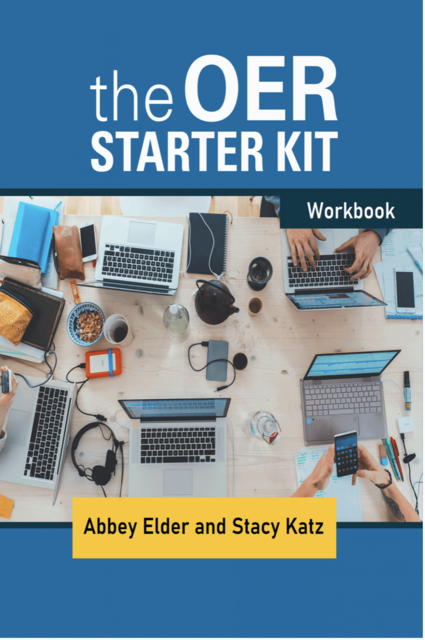

"The OERs - Open Educational Resources" by intheacademia is licensed CC-BY

Copyright Information:
17 U.S.C. § 107
Notwithstanding the provisions of sections 17 U.S.C. § 106 and 17 U.S.C. § 106A, the fair use of a copyrighted work, including such use by reproduction in copies or phonorecords or by any other means specified by that section, for purposes such as criticism, comment, news reporting, teaching (including multiple copies for classroom use), scholarship, or research, is not an infringement of copyright. In determining whether the use made of a work in any particular case is a fair use the factors to be considered shall include:
The fact that a work is unpublished shall not itself bar a finding of fair use if such finding is made upon consideration of all the above factors.
Fair Use is. . .
A provision of the U.S. Copyright law, Section 107, that provides for the limited use or reproduction of copyrighted content without seeking permission from the rights holder.
Fair use is appropriate for teaching, research, scholarship, criticism or commentary, but it may also be used when creating a news reports, blogs, mashups, presentations, art, and music.
However, fair use is not a blatant exception, i.e., all educational purposes might not be deemed fair use, and there are some commercial projects where it can be applied.
When determining whether or a use of copyrighted content is fair, it is important to weigh the four factors.
Fair use is a section of the U.S. Copyright Act, but people are sometimes unsure of how to apply the four factors. The Columbia University Copyright Advisory Office provides a comprehensive explanation of fair use and how to apply the four factors.
Congressional Acts Related to Open Textbooks:
Creative Commons is a nonprofit organization that enables the sharing and use of creativity and knowledge through free legal tools. Creative Commons licenses are not an alternative to copyright. They work alongside copyright and enable you to modify your copyright terms to best suit your needs.
-- From Creative Commons website

"Infographic: Everything You Need to Know About Creative Commons Licenses" by The Wiley Network

The 5Rs of OER Infographic by SUNY OER Services. This work is licensed under CC BY 4.0.